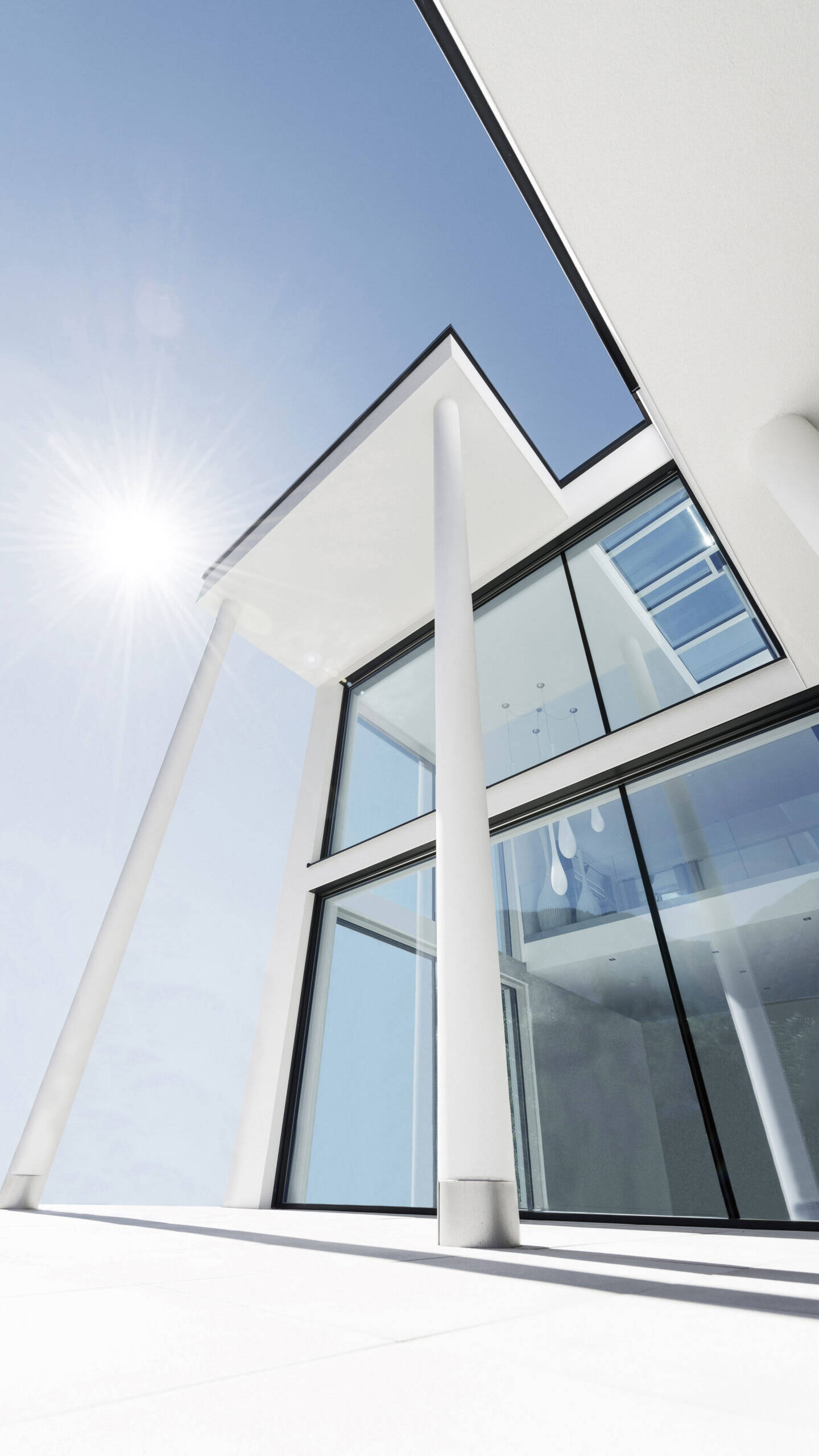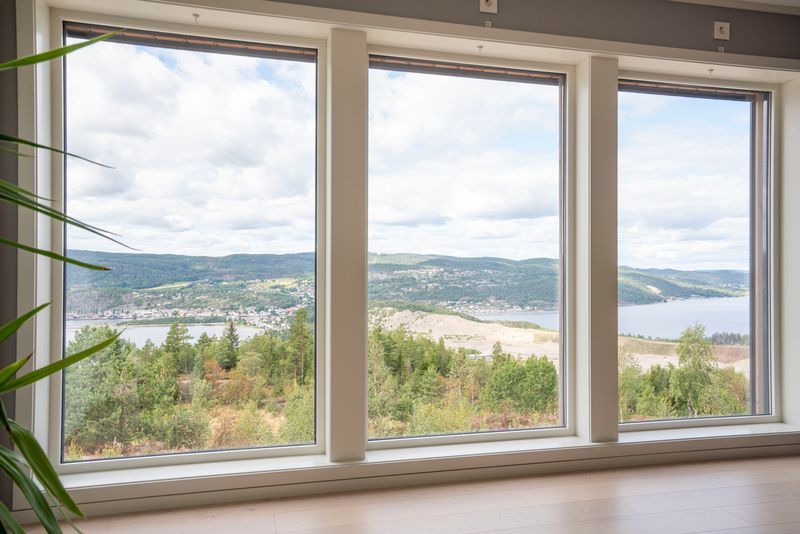⸻ Wolf Line Blog
Understanding U-Values and Their Impact on Doors & Windows



⸻ U-Values: Windows & Doors
What Are U-Values?
U-values measure the rate at which heat passes through a building element, such as a window or door.
Essentially, the lower the U-value, the better the material is at insulating, which means it reduces heat loss and enhances energy efficiency.
A key goal in modern building design is to minimise this heat loss, which not only improves comfort but also lowers energy bills.
⸻ Energy Efficiency
How U-Values Relate to Energy Efficiency
In simple terms, U-values indicate how well an element resists heat flow. The lower the U-value, the better the material at preventing heat from escaping. Building regulations typically set maximum U-values to ensure buildings are energy efficient.
As these regulations evolve to tackle climate change and reduce energy consumption, U-value requirements become stricter. For example, recent updates to building regulations in the UK reduced the maximum U-value for windows and doors with over 60% glazing from 1.6 W/m²K to 1.2 W/m²K for new homes. For existing homes, the U-value requirement for replacement windows is now 1.4 W/m²K.




⸻ U-Values for Windows & Doors
Key Components
For windows and glazed doors, there are two main factors that determine the overall U-value:
- The Ug value (the insulation performance of the glass)
- The Uf value (the insulation of the frame).
Together, these form the Uw value, which represents the total thermal performance of the window or door.
The type of glass you choose plays a major role in the U-value of your windows and doors. Opting for triple glazing instead of double glazing can significantly lower the U-value. If energy efficiency is a priority, high-performance glass can reduce U-values even further, helping to keep your home warmer and more energy-efficient.
Although the glass is a key factor, the frame of your window or door is equally important. About 30% of heat loss occurs through the frame, so selecting windows and doors with high-quality, thermally efficient frames is essential for reducing heat loss and achieving low U-values.
⸻ High Performance Glazing
The Importance of U-Values in High-Performance Products
When choosing windows and doors for your home, the goal is to balance aesthetics with performance. Products with lower U-values will better insulate your home, contributing to a more comfortable living space and lower energy bills.
For instance, Wolf Line doors and windows are engineered with precision to ensure airtight seals, minimising heat loss. Our bi-fold doors can achieve U-values as low as 0.8 W/m²K, while our sliding doors can achieve U-values as low as 1.2 W/m²K.




⸻ Passivhaus Windows & Doors
U-values and Passivhaus Standards
One of the most energy-efficient building standards is Passivhaus, which is designed to keep homes comfortable with minimal energy use. Passivhaus-certified buildings require stringent insulation, airtight construction, and optimised ventilation.
To meet Passivhaus standards, windows and doors must have a U-value of 0.8 W/m²K or lower. Wolf Line offers a selection of windows and doors that are Passivhaus-certified, ensuring exceptional thermal efficiency and significantly improving the energy performance of any home.
⸻ Conclusion
Understanding U-Values
U-values are an essential consideration when selecting doors and windows for your home, especially if energy efficiency is a priority. Lower U-values mean better insulation and less heat loss, which translates to lower energy consumption and greater comfort.
Whether you’re building a new home, adding an extension, or replacing old windows, choosing products with low U-values will help you create a more energy-efficient, comfortable, and sustainable living space.





